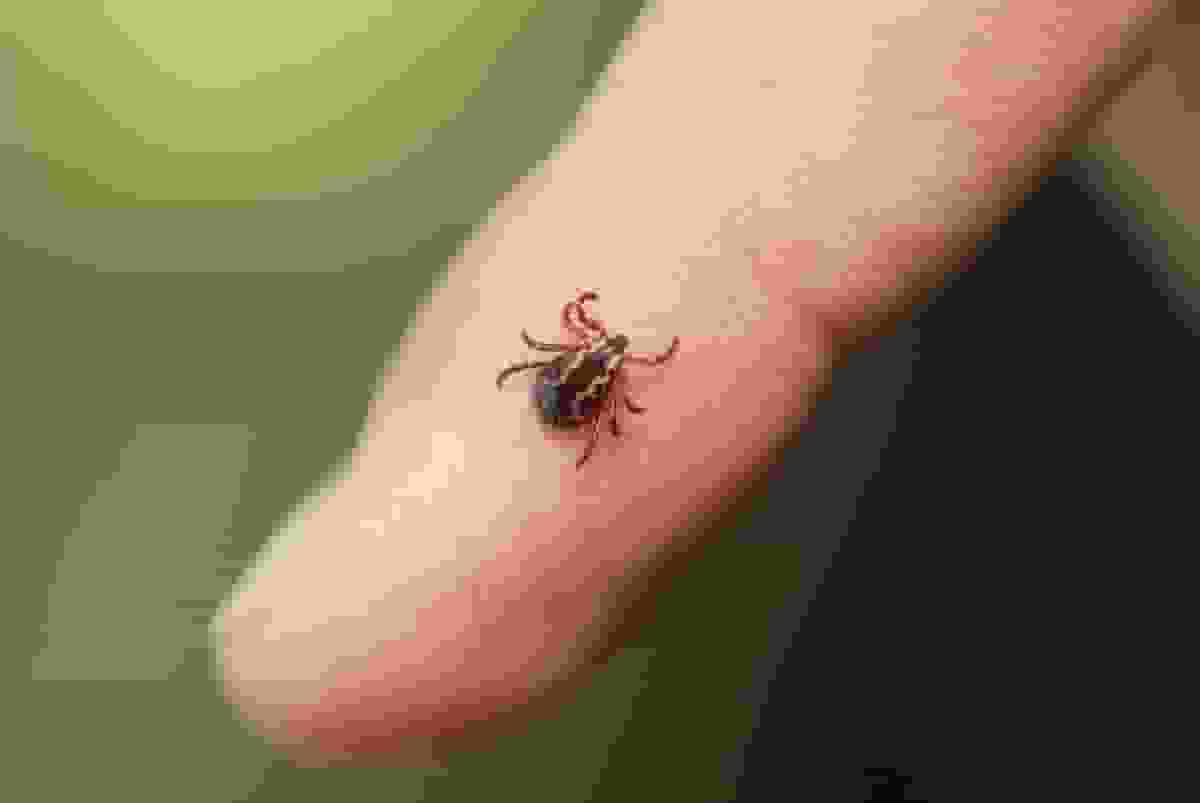
According to a new CDC analysis, the number of new cases of babesiosis, a tick-borne infection, grew considerably in the United States between 2011 and 2019.
It’s also expanding in three new states, making the disease endemic in eleven states in the Northeast and Midwest.
Babesiosis Classified As Endemic
Dr. Peter Chin-Hong, an infectious disease specialist at the University of California, San Francisco, told ABC News that the rise is not surprising. It matches what experts are finding with other tick-borne infections, such as Lyme disease.
Furthermore, babesiosis is now classified as endemic in three new states: Maine, New Hampshire, and Vermont. Previously, only Connecticut, Massachusetts, Minnesota, New Jersey, New York, Rhode Island, and Wisconsin were deemed endemic.
Babesiosis symptoms include fever, chills, sweating, headaches, body aches, nausea, lethargy, and muscle and joint discomfort. According to Dr. Peter Krause, a senior research scientist at the Yale School of Public Health who was not involved in the CDC study, the disease has an overall fatality rate of 1% to 2%.
Asymptomatic instances account for up to 20% of adult cases and 50% of pediatric cases. People who are elderly or immunocompromised are more sensitive to catastrophic consequences such as low blood platelet counts, kidney failure, or acute respiratory distress syndrome, in which fluid accumulates in the lungs.
Read more: Study: Caffeine may reduce the incidence of obesity and type 2 diabetes
Babesiosis More Severe Than Lyme Disease

Babesiosis is mostly transmitted to humans by deer ticks, whose bites can carry Babesia parasites that infect red blood cells.
Babesiosis is sometimes mistaken for Lyme disease, another tick-borne condition that produces fever and muscular aches. Unlike Lyme disease, which has a distinct sign — a rash at the location of the tick bite — Krause claims there is no evident babesiosis symptom. A blood test is frequently used to diagnose it.
Babesiosis is more severe than Lyme illness, despite the fact that Lyme is significantly more common. The CDC registers approximately 30,000 instances of Lyme disease each year, while approximately 16,500 total cases of babesiosis were recorded between 2011 and 2019.
When traveling or living in locations where babesiosis is more widespread, people should be aware of their risk of developing the condition. Avoiding ticks is the most effective strategy to avoid tick-borne infections. According to the CDC, people can reduce tick exposure by covering exposed skin, using repellants, and walking on cleared paths in wooded areas.
After spending time outside in tick-infested areas, people should check their bodies, clothing, and pets for ticks, according to the CDC. Showering within 2 hours of being outside and drying garments on high heat can also help to prevent tick bites.
In 1969, scientists found the first human case of babesiosis in the United States. Its increasing prevalence has been linked to a 25% increase in tick-borne disease from 2011 to 2019. Lyme disease confirmed cases increased by 44% between 1999 and 2019.
Read more: IRS tax refund: What are the causes of delays and how to prevent them?

